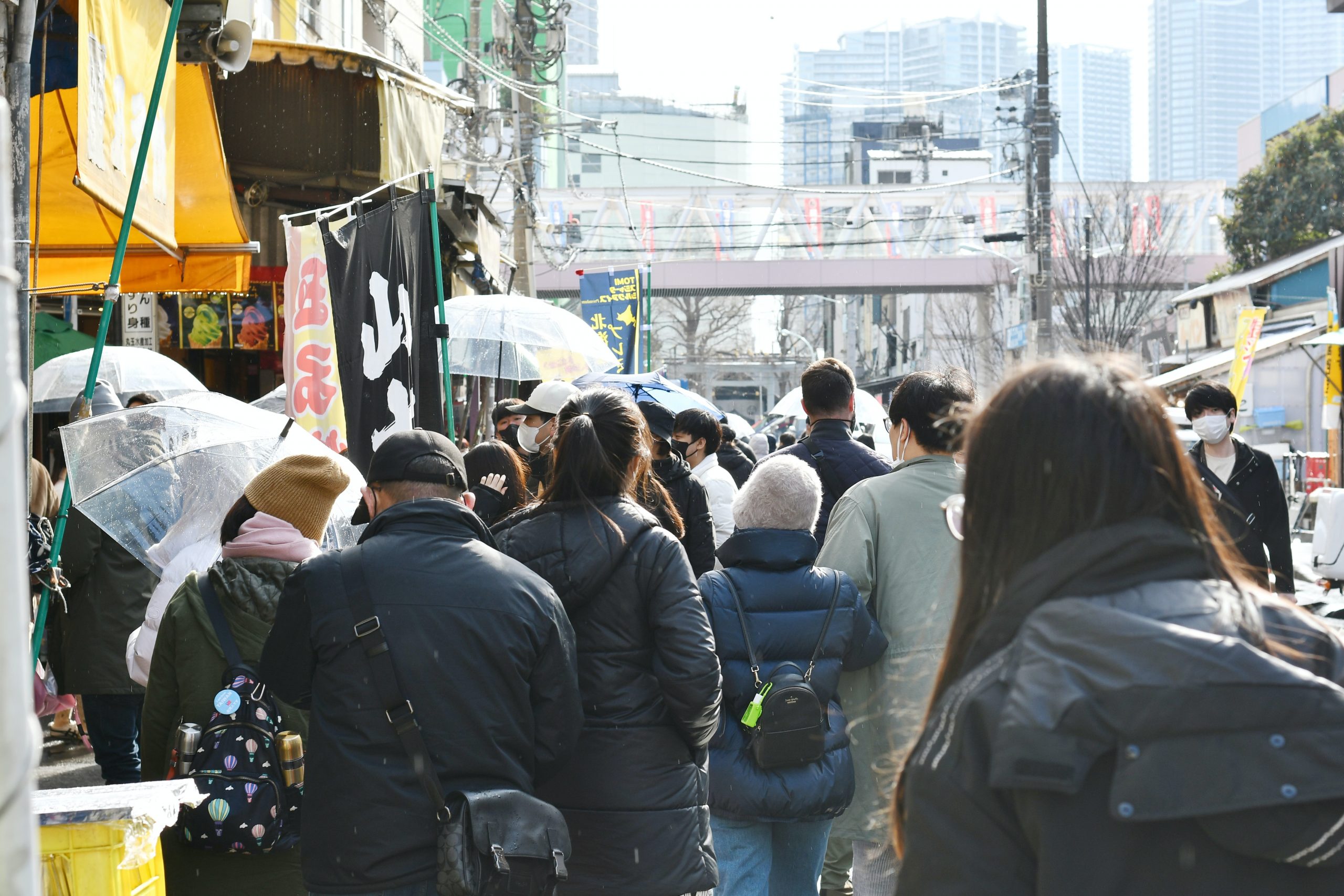A declining workforce age group will hinder the country’s economic growth
TOKYO — According to updated forecasts made public on Wednesday by Japan’s National Institute of Population and Social Security Research, if the number of births per woman stays roughly the same, the country’s population will drop below 100 million in 2056 and the number of births will drop below 500,000 in 2059.
If productivity doesn’t increase, population decline might make Japan a weaker state. To avert such an outcome, policies to preserve economic development in the face of a shrinking population must be put into place right away.
Every five years, depending on the results of the national census, population projections for Japan are changed. Due to the COVID-19 epidemic, the most recent version is the first in six years.
Japan’s population will reach its 100 millionth person in 2053, three years earlier than the previous prediction from 2017. The increase of foreigners entering Japan, which is projected to rise from 70,000 per year to 160,000 per year using the average between 2016 and 2019, is what led to the adjustment.
In 2048, one year sooner than forecasted in the previous projection, the number of people is expected to drop below 100 million when just counting those who were born in the country.
Although the rate of population loss has moderated a little, more people who are from outside the country are anticipated. One in nine persons will be foreigners in 2070, when the population is expected to be 87 million, down from today’s estimated 126 million.
The average number of births per woman, or total fertility rate, was revised lower to 1.36 from 1.44 in the prior estimate to reflect the dropping birth rate. In 2059, there will be 496,000 births in Japan. In 2017 there were less than one million births in Japan, and by 2022 there will be fewer than 800,000.
The declining birthrate and ageing population will also have an increasing impact on the demographic makeup of the nation. In 2050, the proportion of persons under the age of 14 will drop below 10%, from roughly 10.4 million in 2020 to about 10.4 million.
In the meantime, it is anticipated that the percentage of people 65 and older would increase from 28.6% in 2020 to 38.7% in 2070. Despite there being 33.67 million older people in 2070, more than 2 million less than in 2020, their percentage of the population will increase as the working-age population is anticipated to decline more quickly.
The decline in the population of working age will continue regardless of how many more foreigners come into the country. In 2070, there will be 45.35 million individuals of working age, or adults aged 15 to 64. From 75.9 million in 2020, there is a 40% decrease. Japan is predicted to shed 30 million jobs over the next 50 years.
A large increase in social security spending is projected to be paralleled by the decline in the working-age population. Government projections based on the prior estimate show that such spending will increase from 121 trillion yen in fiscal 2018 to 190 trillion yen ($1.4 trillion at current exchange rates) in fiscal 2040.
The demographic changes will also have an impact on Japan’s economic expansion. According to a 2020 assessment by the global consulting firm McKinsey & Co. Japan would need to increase its labor productivity by 2.5 times by 2030 in order to sustain its present development rate.





